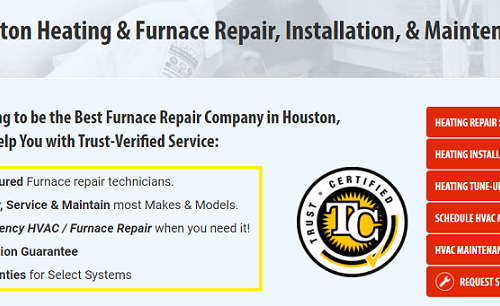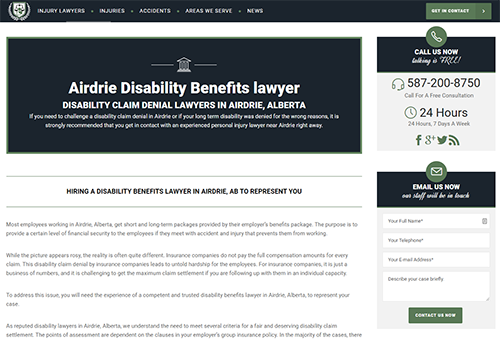Google Business Listing Optimization Guide
Local businesses that have a well-optimized Google Business listing often dominate local search results compared to their less optimized competitors. Having a well-optimized Google Business listing is an easy way



